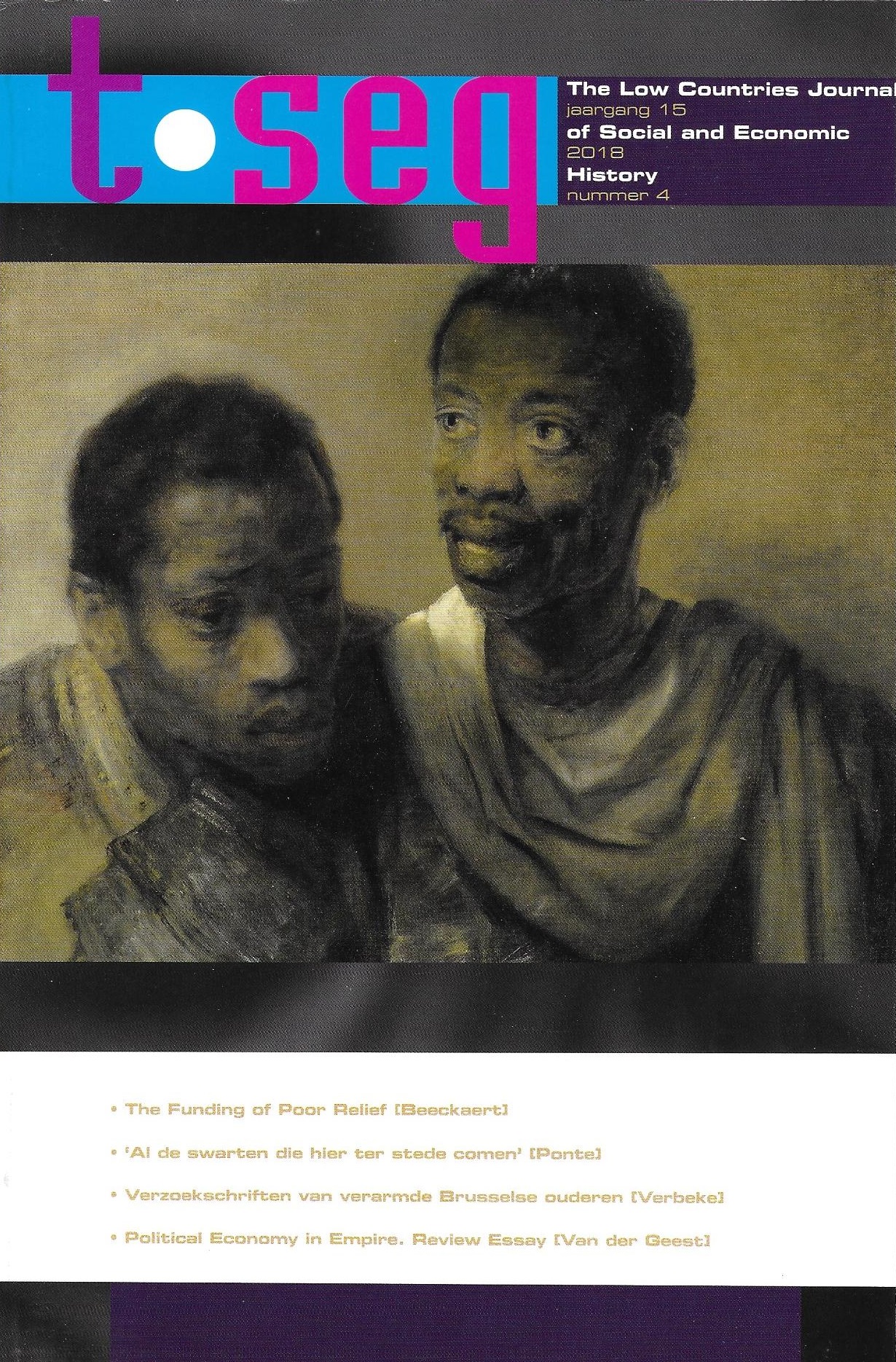Subsidies to the Rescue. The funding of poor relief in Flemish village communities during the crisis of the 1840s, a comparative analysis
DOI:
https://doi.org/10.18352/tseg.1002Keywords:
poor relief, financing, food crisis, nineteenth century, FlandersAbstract
This article questions changes in the funding of local poor relief during the 1845-
1848 food crisis in Flemish village communities. This will be studied comparatively
between three distinct regions in Flanders: inner-Flanders, coastal Flanders, and the
Waasland. In all three regions it was local relief institutions that increased their financial
capacity in order to accommodate rising poverty, despite the long-term advance
of nationalized welfare in the background. However, considerable regional differentiation
could be detected in the nature and degree by which the funding strategies were
adapted. This is explained by three interrelated factors: the direct impact of the food
crisis, structural economic developments and the political organization of poor relief.
Downloads
Published
Issue
Section
License
Copyright (c) 2024 Esther Beeckaert

This work is licensed under a Creative Commons Attribution 4.0 International License.






